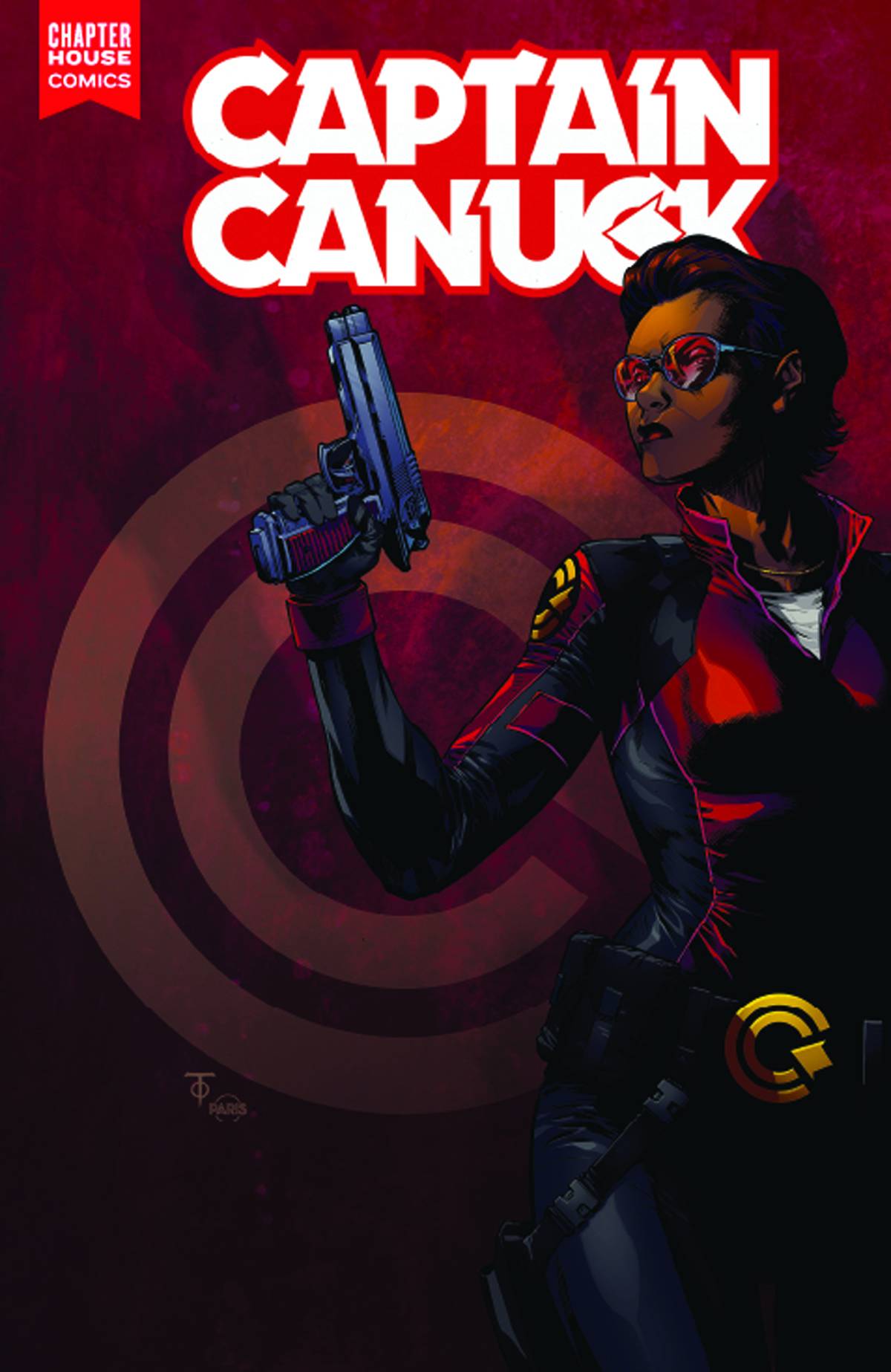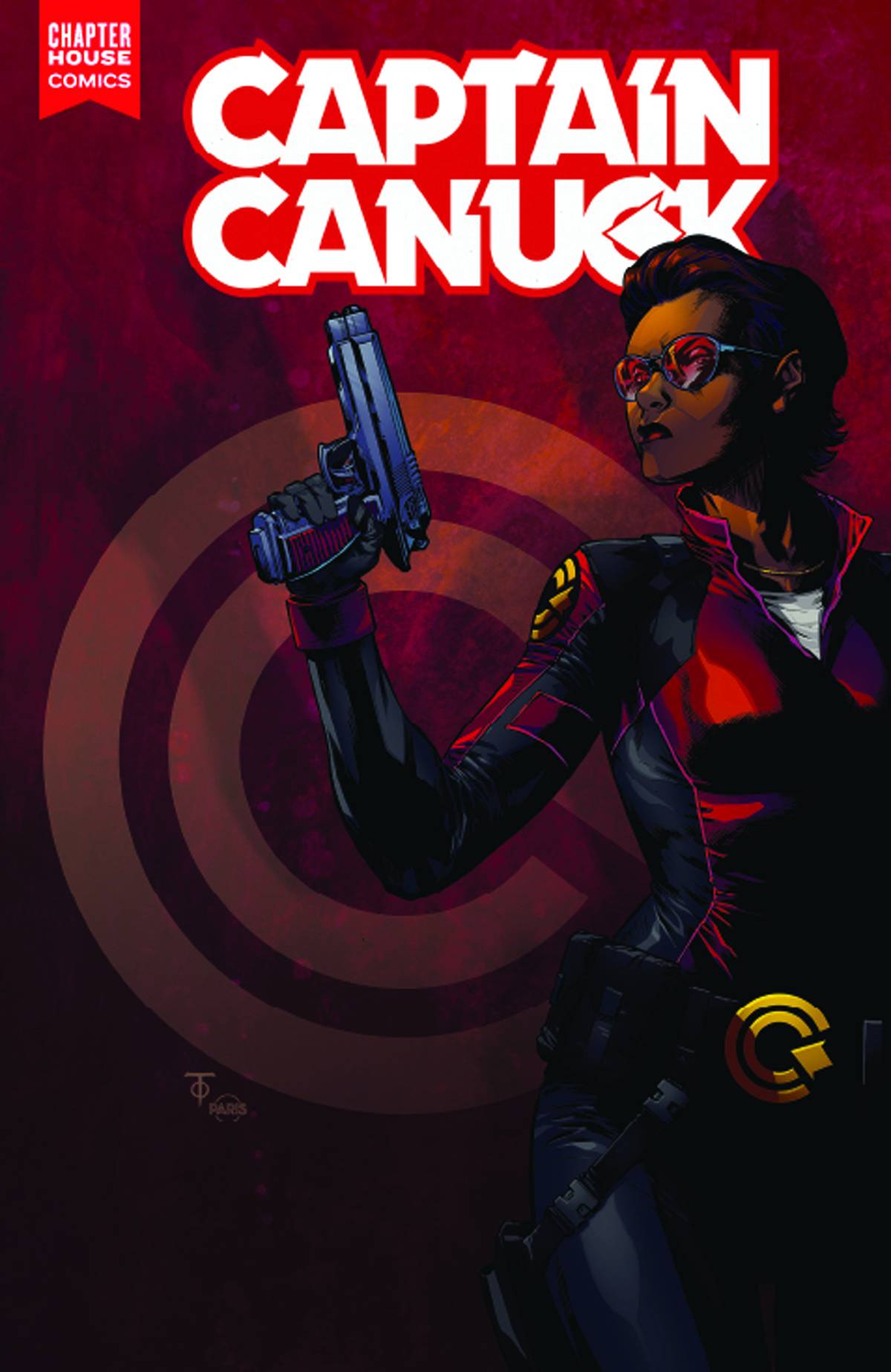
Over the last year or so, there’s been an increasing amount of talk in creator circles about the low page rates being given out by independent publishers for some of the smaller books. The last two or three years, publishers have been putting out a lot more titles than they used to and a lot of the growth in the market comes from these small books with a circulation of 5000 copies or less.
Just as valid a question might be “how can the publishers afford to be putting out comics with such low circulations?”
I covered the basic math of print publishing in Economics of Digital Comics, but I didn’t spend a lot of time dwelling on this from the perspective of the publisher, so let’s take a look at that angle. I think we’ll find out where some of the page rates come from at the same time we find out what the publisher is dealing with.
If you’re a publisher putting out 30-60 issues each month, you’re going to have lower printing costs. I’ve been told, not-for-attribution, that the printing cost can get as low as somewhere in the $0.35 – $0.40 per issue range, depending on exactly how many copies if the issue in question.
The raw revenue is simple to calculate. Diamond takes a 60% discount. If the publisher is a Premiere Partner, they might get a 1-2% break, but let’s work with 60%. That means a comic priced at $3.99 is going to bring in $1.596 in revenue for the publisher.
Let’s be conservative and say the comic costs $0.40 to print. That leaves you with $1.196/issue after print costs. For 5000 issues sold, that’s $5,980. For 4000 issues sold that’s $4,784.
Comics writer Alex De Campi recently posted a survey of average page rates for independent comics. These numbers aren’t controversial, in fact the same numbers have been floating around the industry for years. Page rates don’t seem to go up in comics. If we take the low end of those average, this is what we come up with for creative costs for a 22 page comic:
Writing ($25/page): $550
Art ($100/page): $2200
Color ($35/page): $770
Lettering ($10/page): $220
Cover: $200
That brings us to a total of $3900 per issue for creative costs.
A publisher has more costs than just creative. Many of these independent comics are licensed and there’s a licensing fee for each issue sold. There are editors to pay. Production departments to pay. Rent to pay. Electricity.
Assuming $0.40 to print, the publisher is likely to make $884 after printing and creative costs for an issue selling 4000 copies and $2080 for one selling 5000 copies. A publisher needs to sell several different 4000-5000 copy titles each month to make payroll and pay the bills. And this is the new model, publishers with 30+ low circulation titles, making just enough off each one to keep the ship moving.
If the printing cost were the lower $0.35/copy, then an issue selling 5000 copies would net $6230 for the publisher. That’s means creative page rates are still more than half the net income and that’s in what’s the best case scenario for many of these smaller titles.
There just isn’t very much money in low circulation titles for the publishers OR the creators.
If you want to bring digital into the equation, the rule of thumb is 10% of print sales, but it can vary widely. Likewise there may be different discounts from venue to venue (Apple pays 70%, but it you go through Comixology submit, that’s only 50%).
If you figure a comic that sells 5000 copies in print would sell around 500 digital copies, that would put the digital revenue somewhere between $1,000 and $1,400. 4000 print copies would theoretically yield around 400 digital sales in roughly the $800 – $1100 range.
Even in the best case scenario, you’re probably still going to have a little more than half the revenue going towards creator costs with a 5000 print circulation comic, and that with the very low end of the average pay rates. It’s close to half, though.
This is the new model: small books keep the lights on and hopefully there are a few better sellers to generate some actual profit. When issues are selling 10,000 copies, there’s considerably more money to negotiate over.
If you’re putting out a print comic on your own, without bulk printing prices, it porbably costs around $0.74 per copy to print with a 5000 print run. Not quite twice the cost as a bundled printing price, but close. If you sold out, you’d make around $4,000.
Of course, you don’t see a lot of self-published comics selling 5,000 copies these days, so the solo route is highly suspect.
If you’d like to get a better understanding of how the Direct Market works and how digital comics plug into it, here’s a like to Todd Allen’s book on the industry: Economics of Digital Comics.









What about TPBs of the comics they’re printing?
There is obviously printing costs and staff/production costs but the creative costs of writing/drawing/etc.. have already been paid for. I expect royalties are being paid to some members of the creative team, but they are a percentage of sales.
Is there an average TPB order amount for comics selling in the 4000 – 5000 range? What’s the average sale price? Royalties percentages? Is there a long tail of sales for these books with blips of reorder activity when subsequent TPB volumes come out?
Great analysis, and the numbers ring true. Making indie comics is a tough gig, and only sustainable if you can get into the higher print runs… our experience with our indie title is that digital sales still have a long way to go. Our ratio of print and digital is not close to 10%. Comixology and Gumroad are great ways to theoretically distribute your comic around the world, but buyers who reside outside the distribution area of your printed comic book still need to know about your digital title in order to buy it. And that takes marketing dollars.
This is article highlights why i think publishing your comics on the internet is better. Webcomics help you reach a large number of people for very little. Thanks to services like Patreon and Kickstarter it is getting easier to get people to support the things they love. If you can get your foot in the door I’m sure print is awesome, but don’t discount disregard Webcomics.
“What about TPBs of the comics they’re printing?”
1. With these numbers, how many indie publishers have the resources for a TPB program? One that can keep TPBs in print for years?
2. If you’re selling 5,000 or less of a $4 comic, exactly how many copies of a $15 or $20 TPB usually sell?
Mike
Jamie:
That question is VERY hard to answer from public data (and I remind BEAT-ers that http://icv2.com/articles/news/view/1850/icv2s-top-300-comics-top-300-gns-index is a wonderful link that everyone should bookmark for easy access to data) because the velocity of those kinds of GNs tends to be so low that they don’t actually show up on the charts.
I went back a year to Aug14 and scrolled down to the bottom of the chart looking for something I knew had a trade, and I picked DR SPEKTOR, which lists #3 as selling 5621 copies (FWIW #1 sold 16471, #2 sold 7318, and #4 didn’t chart… but Sep14’s chart cut off at 6300 copies)
The TP charts in Dec14 when it initially ships and sells… 443 copies. It never ever shows up on a sales chart again… which only means it didn’t sell between 4 and 500 copies in any following month. At a pure guess that might suggest roughly 1k copies total in month #1 into comics and all book channels combined. Knowing what I know as a bookseller, and how the long tail functions for “no brand” books, I’d hazard a guess that the print run for the trade was probably 2-3k therefore, and it’s probably fairly unlikely that when then sell out of those copies in 2-ish years that they would go back to press on the book due to velocity being so low.
Its profitable, sure — but only in a desultory way. No one is lighting cigars with $100 bills at those kinds of numbers.
Now, when you start talking about POPULAR properties, then the numbers can drastically swing the other way — SAGA sells like 60k-ish as a periodical release? v4 of the the TP came in at month #1 (Dec14) at like 24k, which probably means 60k or more including the book market, and Diamond shows reorders of 8400, 5100, 4400, 6300, 4800, 4400, and 2600 in the subsequent months (you can multiply that by, say, 1.2 to guess at bookstore sales) — or 150% or so of initials over the next 7 months…. but that’s SAGA, and virtually nothing else performs like that, and it would be extremely foolish to build a publishing plan around thinking you’re going to sell like SAGA :)
I think selling roughly 15-20% of your periodical sales as a TP on initials and then perhaps selling that much again over the course of the following entire year, is a much more realistic benchmark for how a low-circ book is going to function — and that tracks fairly well with how I expect most book-format comics seem to do in my strongly book-oriented retail environment.
-B
Don’t forget that many smaller publishers also sell books directly on their website as well as at cons and through other outlets, so sales figures on many of the trades can be higher and not show up in the bookseller indexes.
Hi Brian, thanks for responding.
I was pretty sure that low circulation books were not selling large number of trades and likely didn’t have that much of a long tale, but it is another revenue source that I think needs to be factored in when talking about how much money is being made from low circulation titles. It’s almost a given that books are going to be put into a trade and I would be surprised if a TPB brought in less money then the digital copy of the comic.
So assume 15% on a 4,000 selling low-circ book = 600 books
Assume Introductory $9.99 price for volume 1 = $5,994.00.
Again assume Diamond is taking 60% = $2,397.60 for the publisher.
I’m not sure what print costs, royalties and production costs would be. But it’s possible that the amount left over would be equal or greater than the supposed $800 – $1100 range for a digital comic.
These numbers are dead on. A small publisher will , most of the time, lose a lot of money on comics that sell under 5,000. Factor in the time to put it together, delivery and all the other small things and its a rough business out there.
Production, assembly and design costs aren’t reflected here.
Is ad revenue a factor at all? It seems like at those margins, the opportunity to sell a back cover, inside front and back, and a couple of interior pages could make the difference between profit and loss.
Comments are closed.